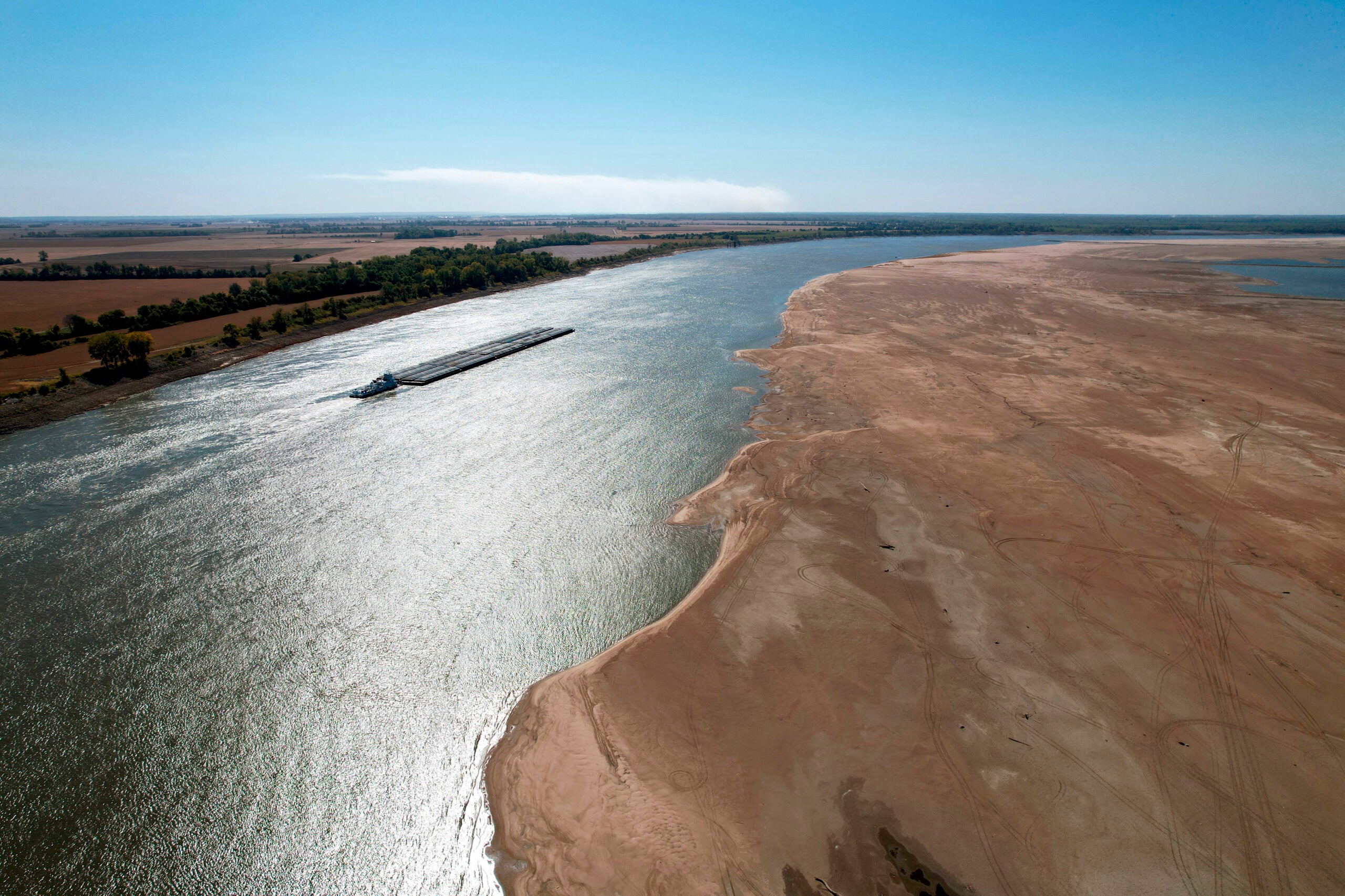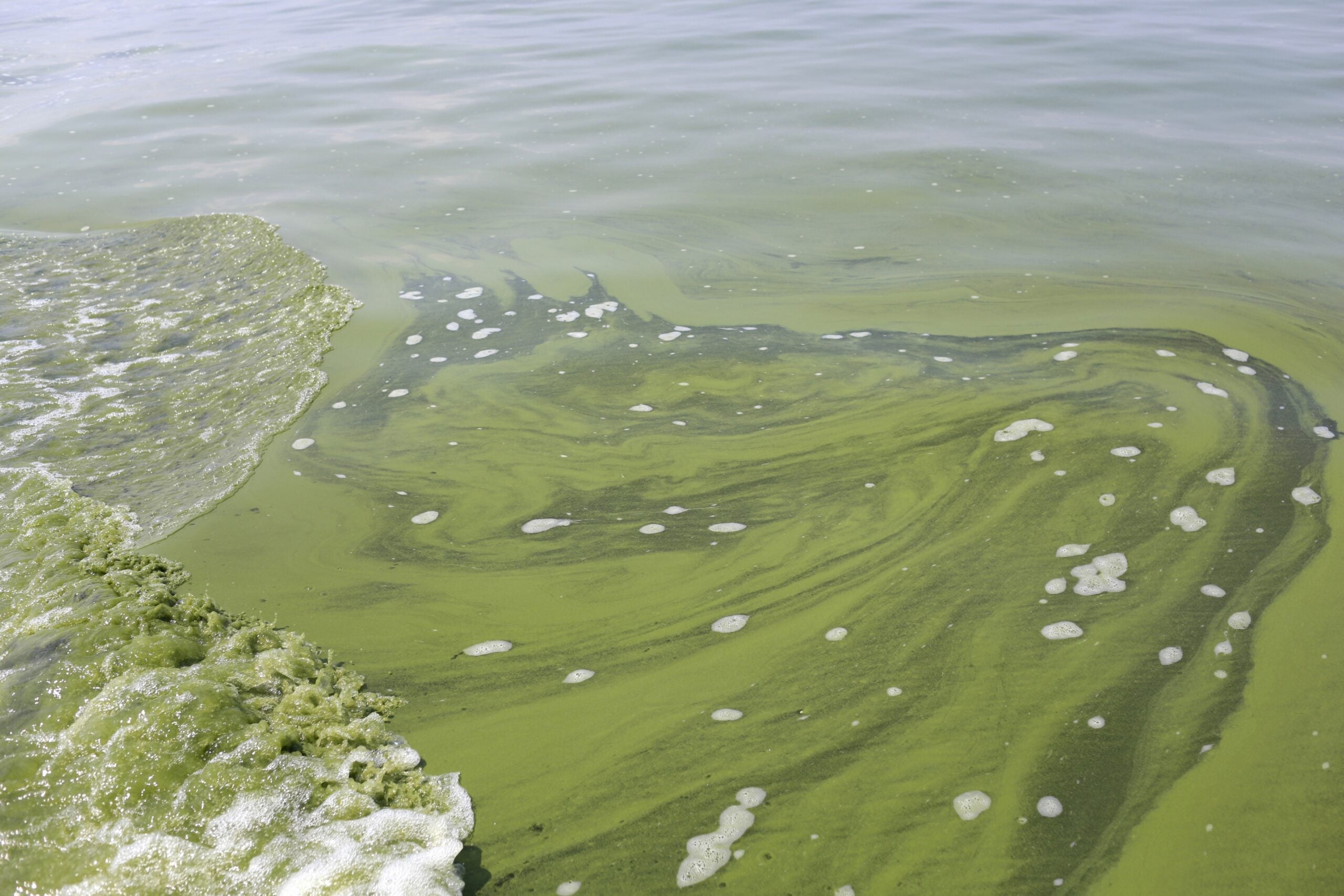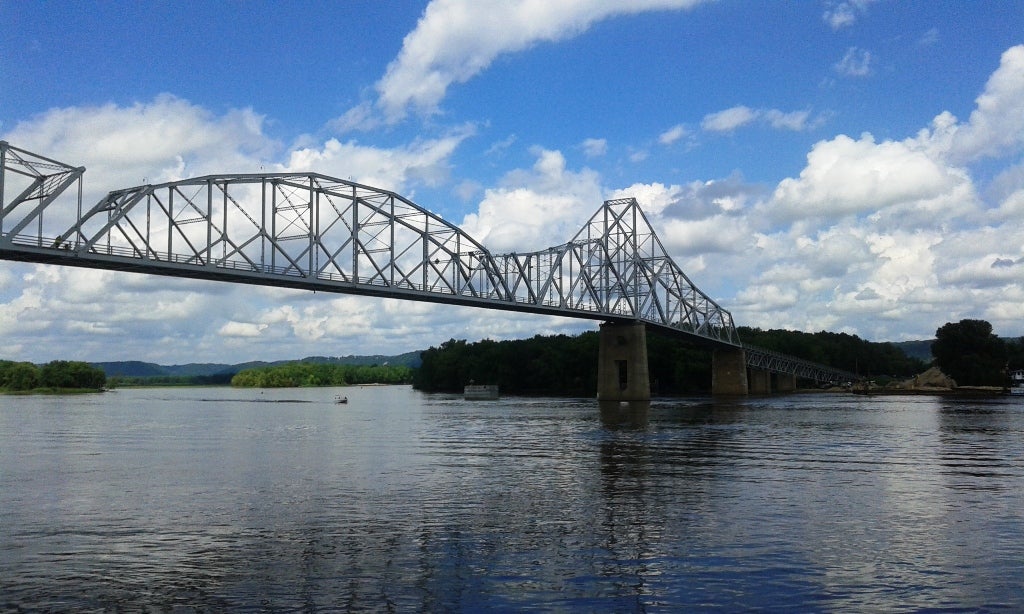Barge traffic on the Upper Mississippi River dropped below the 10-year average this year as parts of the river have seen record-low levels due to drought.
The U.S. Army Corps of Engineers recorded 9,790 barges through its southernmost lock in the Corps’ St. Paul District that extends from Minneapolis to Guttenberg, Iowa. The number of barges moving on the river bordering Minnesota and Wisconsin is down around 20 percent from the 10-year average. Barges shipped around 11.7 million tons of commodities — down from roughly 13 million tons last year.
“If we have high water that oftentimes will delay movement up here in the spring, and then a year like this where you have low water down south where barges there may be having to load barges lighter, or they’re just not able to get up here as timely, that definitely will impact things,” Corps Navigation Manager Kristin Moe said.
News with a little more humanity
WPR’s “Wisconsin Today” newsletter keeps you connected to the state you love without feeling overwhelmed. No paywall. No agenda. No corporate filter.
The Mississippi River is an integral part of the supply chain for Wisconsin and the Midwest. Barges carry bulk commodities like corn and soybeans to other ports bound for domestic or overseas markets. The Mississippi River moves around 60 percent of corn and soybeans that’s bound to be exported. Lower water levels this fall on a stretch between Cairo, Illinois, and Memphis, Tennessee, slowed those shipments.
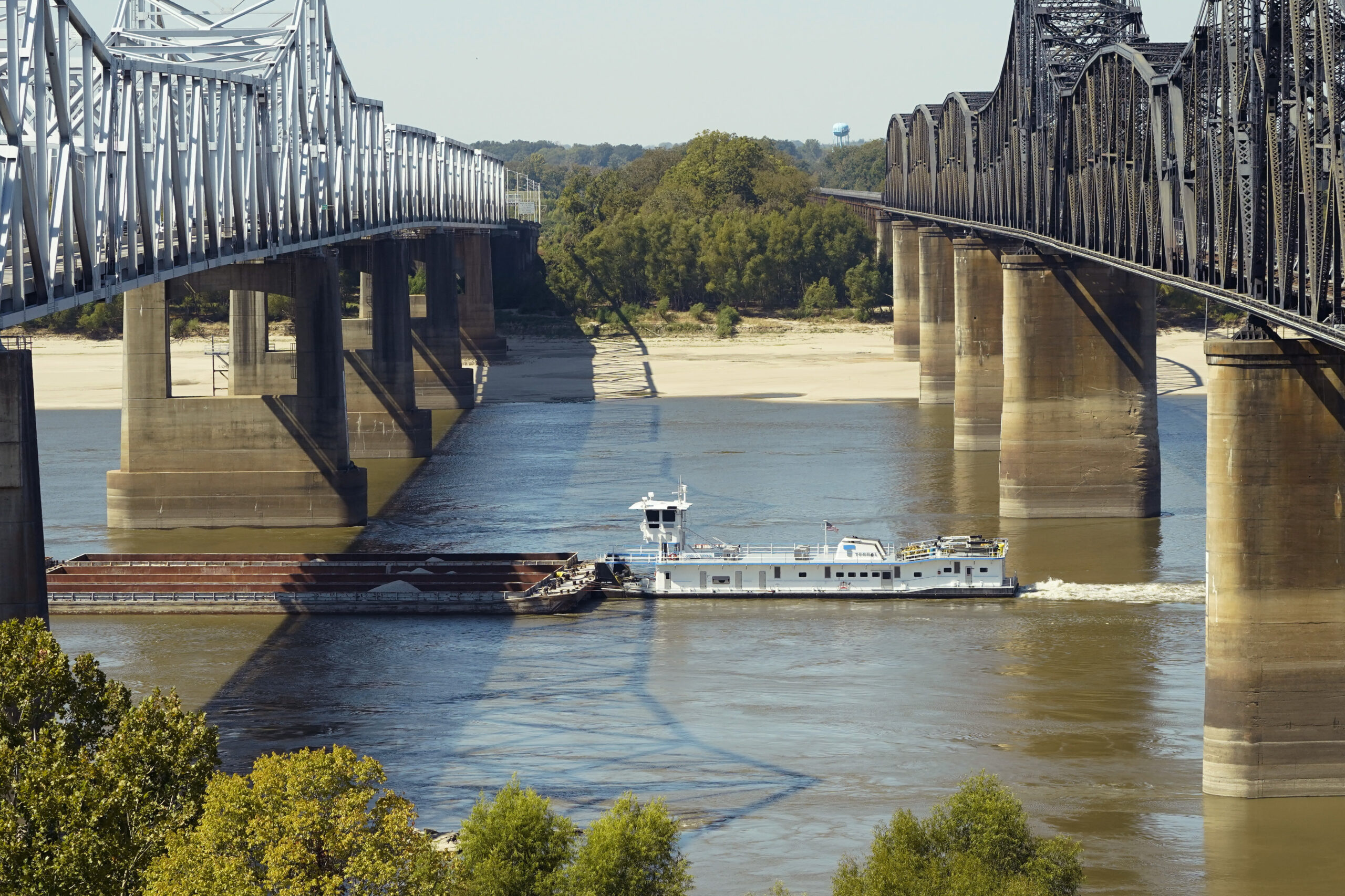
In the week of Oct. 1, around 154,000 tons of corn moved by barge down the river. That’s around half the roughly 308,000 tons moved the same week last year, according to the U.S. Department of Agriculture. Shipments have since grown, but they’re still lower than the same time last year as of the week ending Dec. 10. Soybean shipments were also down earlier in the fall, but they’re now tracking ahead of the same time last year.
While the weather can affect harvests, the lower barge numbers highlight the impact of low water levels. Movements on the lower river were 31 percent below the three-year average for the week ending Dec. 10.
Grain from Wisconsin transported on the river is typically bound for domestic ports, countries in the Caribbean, and Central and South America. Mark Rhoda-Reis, director of the state’s International Agribusiness Center, said ag officials aren’t hearing from companies that lower water levels have hit grain shipments hard. Overall, the state’s agricultural exports are up nearly 14 percent this year.
“It affects them in terms of their pricing, what they have to pay for shipping those products,” Rhoda-Reis said. “And of course, it affects their profitability.”
When levels are lower, barges can’t load as much product. The loss of volume and delays pushed shipping costs higher this fall. Rhoda-Reis said some companies may have made alternative arrangements to move their products, but he noted shipping by rail is typically more expensive than moving by barge.
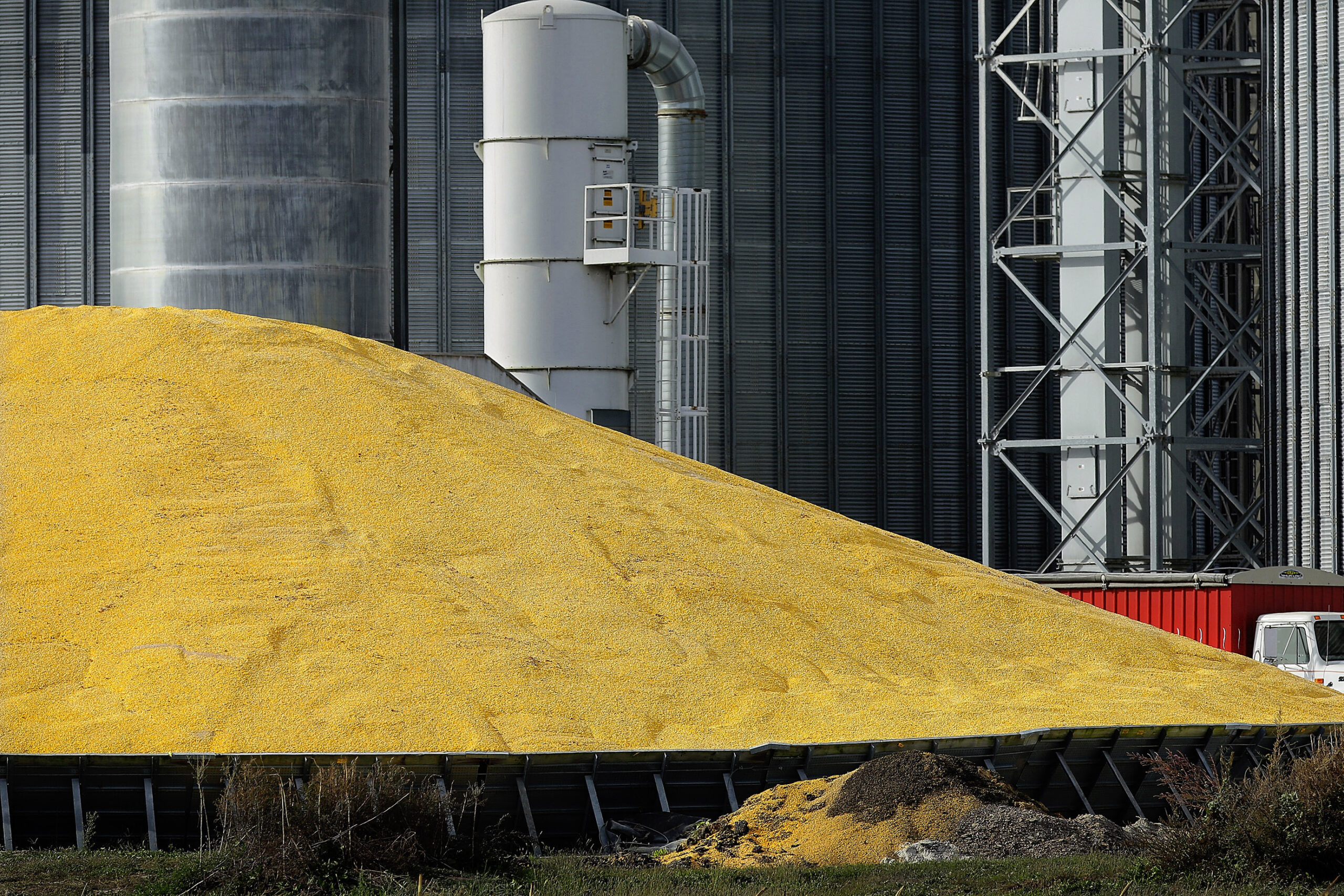
The Upper Mississippi River has seen less than normal precipitation this year, according to Dan Fasching, the Corps’ primary Mississippi River regulator in the St. Paul District. Water flowing into the river from major tributaries like the St. Croix, Chippewa, and Wisconsin Rivers has also been lower this year. Even so, drier conditions haven’t affected navigation due to the river’s system of locks and dams. Fasching said they’ve been able to regulate inflows and outflows to maintain a minimum depth of 9 feet for barges.
“The fact of the matter is below St. Louis, they do not have navigation locks and dams that allow for minimal navigation depths like we do up here,” Fasching said. “They really do rely on high inflow.”
The lack of rain in the Ohio River Valley and Upper Mississippi River Valley caused water on parts of the river to drop to levels that hadn’t been seen in more than a decade.
While drier conditions have posed challenges for navigation, they’ve also improved water quality and habitat along the Upper Mississippi River, according to Danelle Larson, research ecologist with the U.S. Geological Survey in La Crosse.
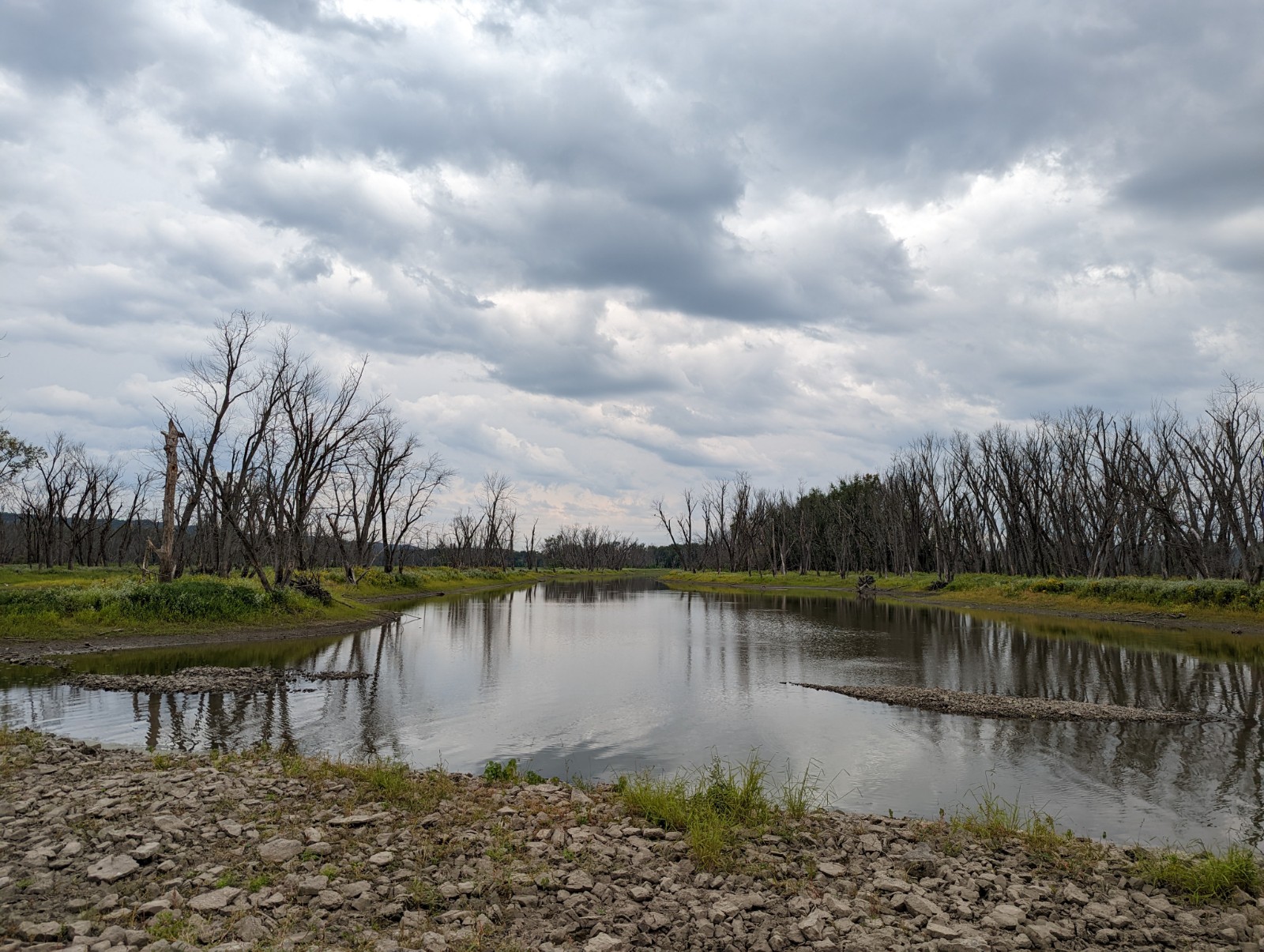
A report released this summer found wetter conditions on the Upper Mississippi over the past several decades with higher discharges or flows into the river driven by climate change and land-use shifts. Larson said the upper part of the river has returned to more normal flows compared to recent years with record flooding.
“Over the last few years with these high waters, it’s actually been perhaps too much water, and it’s killed some of the forests by drowning out the trees. And we’re actually starting to see ghost forests on the river where there’s mass tree mortality,” Larson said. “In the coming years, those trees will fall down. But, this year with falling water levels finally those roots are able to dry out and the tree’s roots are able to breathe.”
As water levels fall, marsh plants and floodplain forests are able to regenerate and reproduce. If lower flows continue, she said that could pose negative impacts for native mussels or certain fish moving up the river to spawn.
Wisconsin Public Radio, © Copyright 2026, Board of Regents of the University of Wisconsin System and Wisconsin Educational Communications Board.
